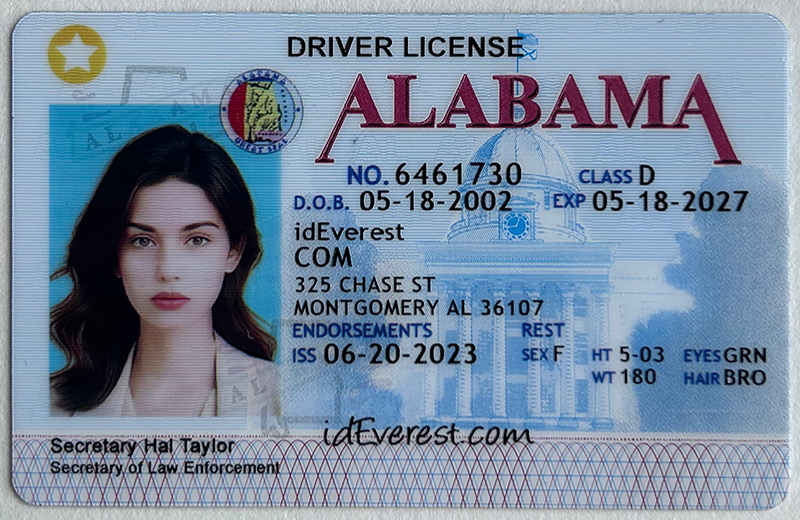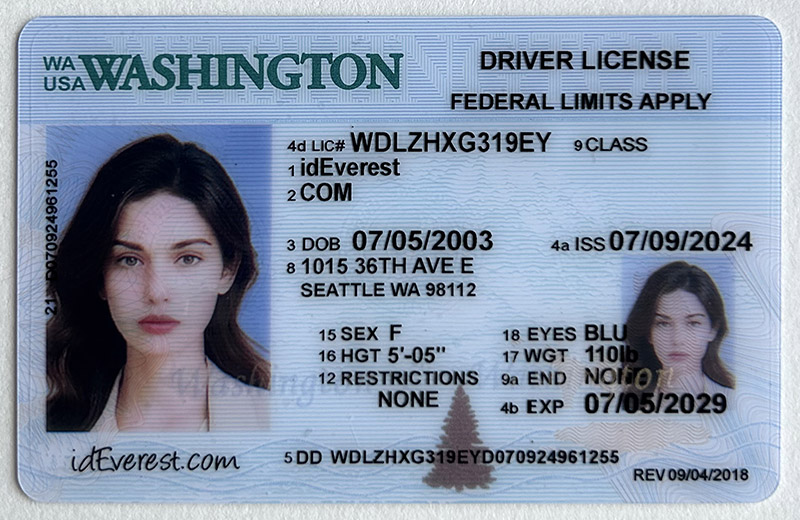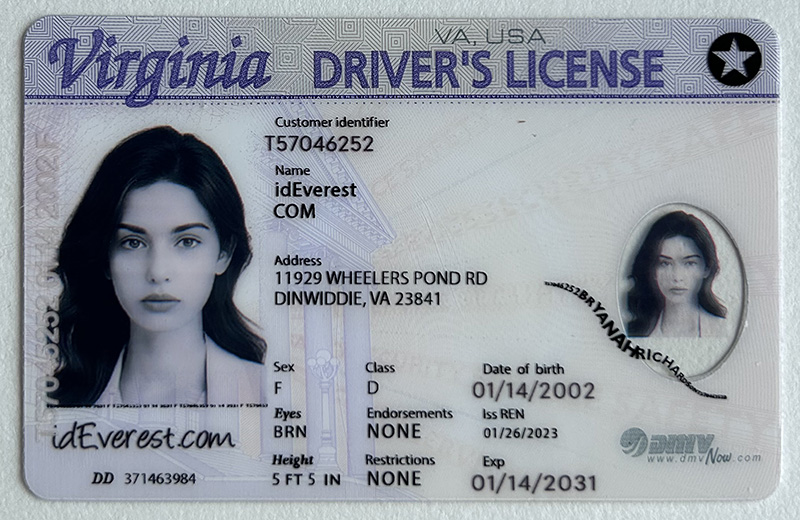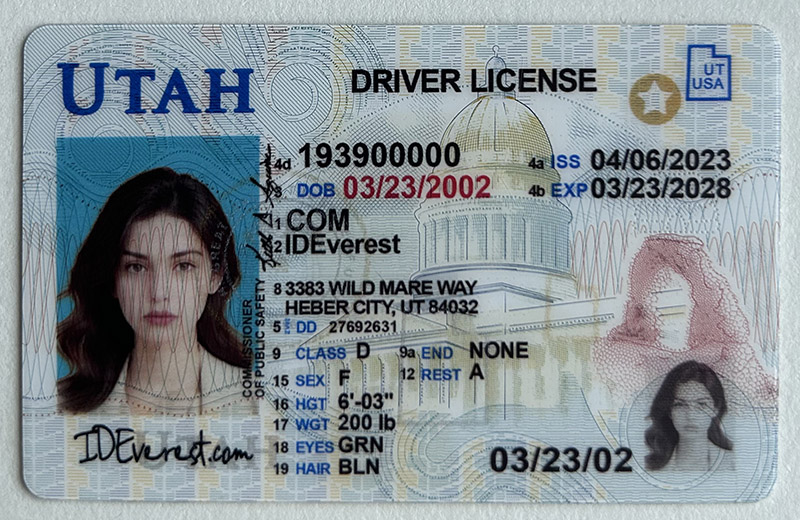how do fake ids work
How Do Fake IDs Work? A Comprehensive Guide to Understanding the Product
Introduction
In today's increasingly digital world, the demand for fake IDs has seen a notable increase, driven by various reasons such as age restrictions, access to exclusive events, or simply for the thrill of obtaining something forbidden. While the legality and ethics surrounding fake IDs are certainly contentious, the reality is that they are a popular product in certain circles. In this article, we will delve into the workings of fake IDs, provide a detailed product overview, highlight key features, address frequently asked questions, share user experiences, discuss potential issues and solutions, and finally, conclude with some closing thoughts on this controversial product.
Product Overview
A fake ID, as the name suggests, is a counterfeit identification card designed to mimic a legitimate government-issued ID. These IDs are primarily used to deceive bouncers, bartenders, security personnel, and other gatekeepers into believing that the holder is of legal age or identity to access certain services, venues, or privileges.
Fake IDs can be created for various forms of identification, including driver's licenses, passports, student IDs, and more. They are often made to look as close to the real thing as possible, featuring holograms, barcodes, magnetic strips, and other security features that are typically found on legitimate IDs.
The production of fake IDs has become increasingly sophisticated, with some manufacturers offering high-quality replicas that can pass even the most rigorous inspections. However, there is always a risk involved, as getting caught with a fake ID can lead to severe legal consequences.
Key Features of Fake IDs
Realistic Design: The primary feature of a fake ID is its ability to closely resemble a legitimate ID. This includes accurate color schemes, fonts, layout, and the inclusion of essential details such as the holder’s name, photograph, date of birth, and address. High-quality fake IDs also replicate security features like holograms, UV printing, and microtext.
Scannable Barcodes: Many fake IDs are designed to include scannable barcodes and magnetic strips that can be read by standard ID scanners. This feature is crucial for passing initial security checks at bars, clubs, and other establishments that use scanning devices to verify age.
Customizable Information: Most providers of fake IDs offer customization options where the buyer can choose the name, date of birth, and other personal information to be printed on the card. This allows the fake ID to match the buyer’s appearance and other details more closely.
Durable Materials: A good fake ID is made from materials that mimic those used in genuine IDs, such as PVC or polycarbonate. This ensures the card is durable and can withstand regular use without showing signs of wear that might raise suspicion.
Discrete Shipping and Packaging: Due to the illegal nature of fake IDs, providers often offer discrete shipping options to avoid detection. The IDs are typically packaged in a way that conceals their true contents, ensuring they arrive safely and unnoticed.
Frequently Asked Questions (FAQs)
Q1: Is it illegal to use a fake ID?
A1: Yes, using a fake ID is illegal in most jurisdictions. Penalties can range from fines to imprisonment, depending on the severity of the offense and local laws.
Q2: How can I tell if a fake ID is good quality?
A2: A good quality fake ID will closely resemble a real ID, including security features like holograms, UV light visibility, and scannable barcodes. However, even the best fake ID can be detected with careful inspection.
Q3: What happens if I get caught with a fake ID?
A3: If you are caught using a fake ID, you may face legal consequences such as fines, community service, or even jail time. Additionally, the ID will likely be confiscated, and you may face social repercussions depending on the situation.
Q4: Where can I buy a fake ID?
A4: Fake IDs are often sold online through various websites and marketplaces, though purchasing one is illegal. It’s important to be aware of the risks involved, including potential scams and legal repercussions.
Q5: Can fake IDs be used everywhere?
A5: No, fake IDs can be detected by experienced professionals and advanced scanning technology. They may work in some situations, but there is always a risk of being caught.
User Reviews
User 1: "Impressed by the Quality"
"I was skeptical at first about ordering a fake ID online, but the quality really surprised me. The details were spot on, and it even scanned correctly at a couple of places I went to. However, I’m always aware of the risk, so I’m very careful about where and how I use it."
User 2: "Not Worth the Risk"
"Honestly, it wasn’t worth it. I got the ID and tried to use it at a bar, but the bouncer noticed something was off right away. He confiscated it, and I was lucky not to get into more trouble. If you’re considering getting a fake ID, think twice."
User 3: "Worked, But Scary Experience"
"I used my fake ID a few times successfully, but one time, a bartender asked a few too many questions. I ended up leaving in a hurry because I didn’t want to risk getting caught. The ID worked, but the stress isn’t worth it for me anymore."
Common Issues and Solutions
Issue 1: ID Doesn’t Scan
Solution: If your fake ID doesn’t scan, it could be due to poor barcode encoding or an outdated design. Some providers offer replacements or updates if this happens. However, this is a significant risk and could lead to getting caught.
Issue 2: Security Features Look Off
Solution: In some cases, the holograms or UV features might not be perfect. Before using the ID, check it under different light sources to see how it compares to a real ID. If something seems off, it’s safer not to use it.
Issue 3: ID Gets Confiscated
Solution: If your fake ID is confiscated, stay calm and don’t argue. The best course of action is to leave the situation and not return to that location with another fake ID. Understand that this is a risk you take when using a fake ID.
Issue 4: Customization Errors
Solution: Double-check all the information you provide when ordering a fake ID. Any mistake can make the ID unusable. Some providers may offer corrections or a second card at a discount, but this varies.
Conclusion
Fake IDs are a risky product that appeals to those seeking to bypass age restrictions or gain access to restricted areas. While the technology behind them has become increasingly sophisticated, the risks associated with their use remain significant. Users should be fully aware of the potential legal consequences, the chances of getting caught, and the possibility of losing money to scams. Despite the allure of being able to do things that would otherwise be off-limits, the reality is that fake IDs come with serious risks that should not be taken lightly.
In the end, it’s important to weigh the pros and cons carefully. While some might find temporary success in using a fake ID, the long-term risks often outweigh the short-term benefits. As with many things in life, it’s essential to consider whether the potential rewards are worth the possible consequences.
Whether you’re considering getting a fake ID or simply curious about how they work, understanding the intricacies of these products can help you make informed decisions. Always remember that while it may seem like a harmless way to have fun, the repercussions can be far-reaching and severe.
 Authentic Scannable Alabama F
Authentic Scannable Alabama F
 Authentic Scannable Washington
Authentic Scannable Washington
 Authentic Scannable Virginia
Authentic Scannable Virginia
 Authentic Scannable Utah Fake
Authentic Scannable Utah Fake